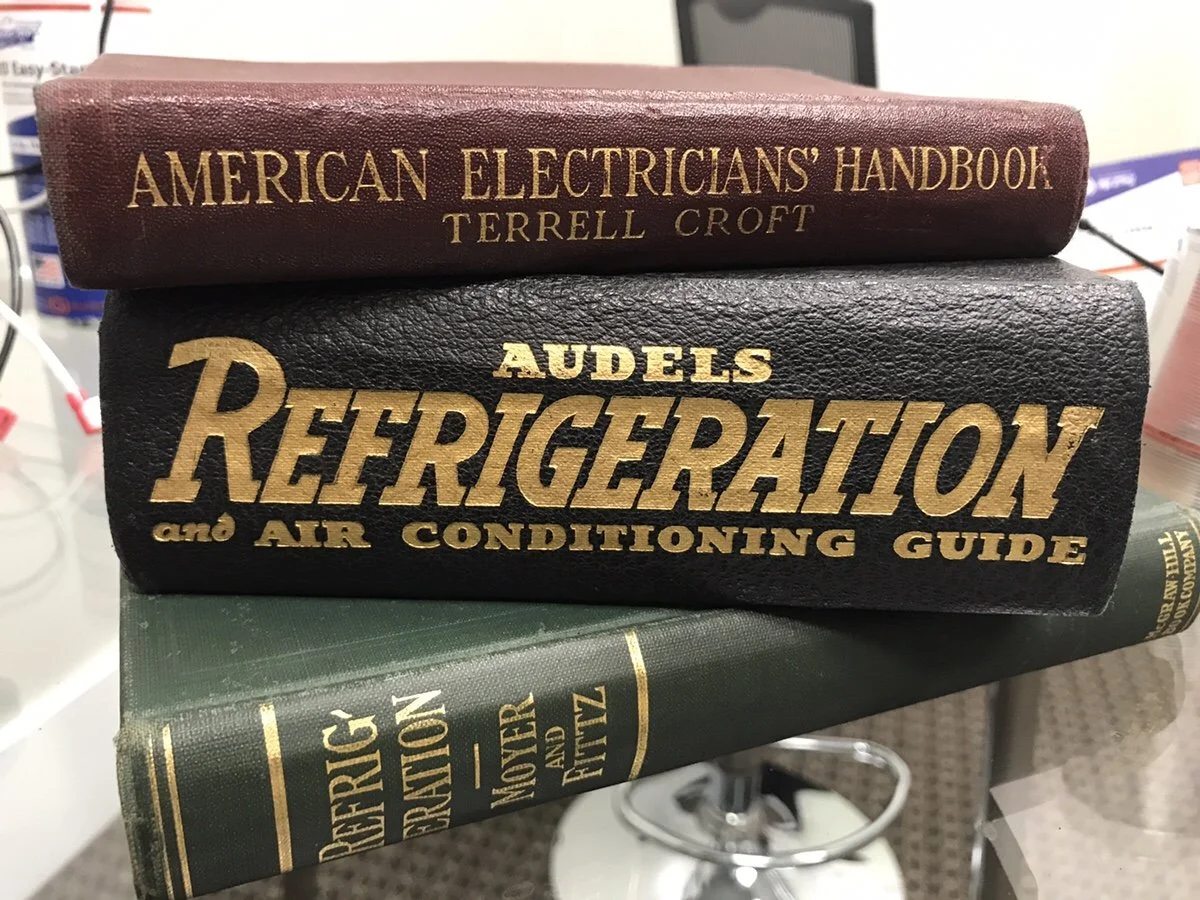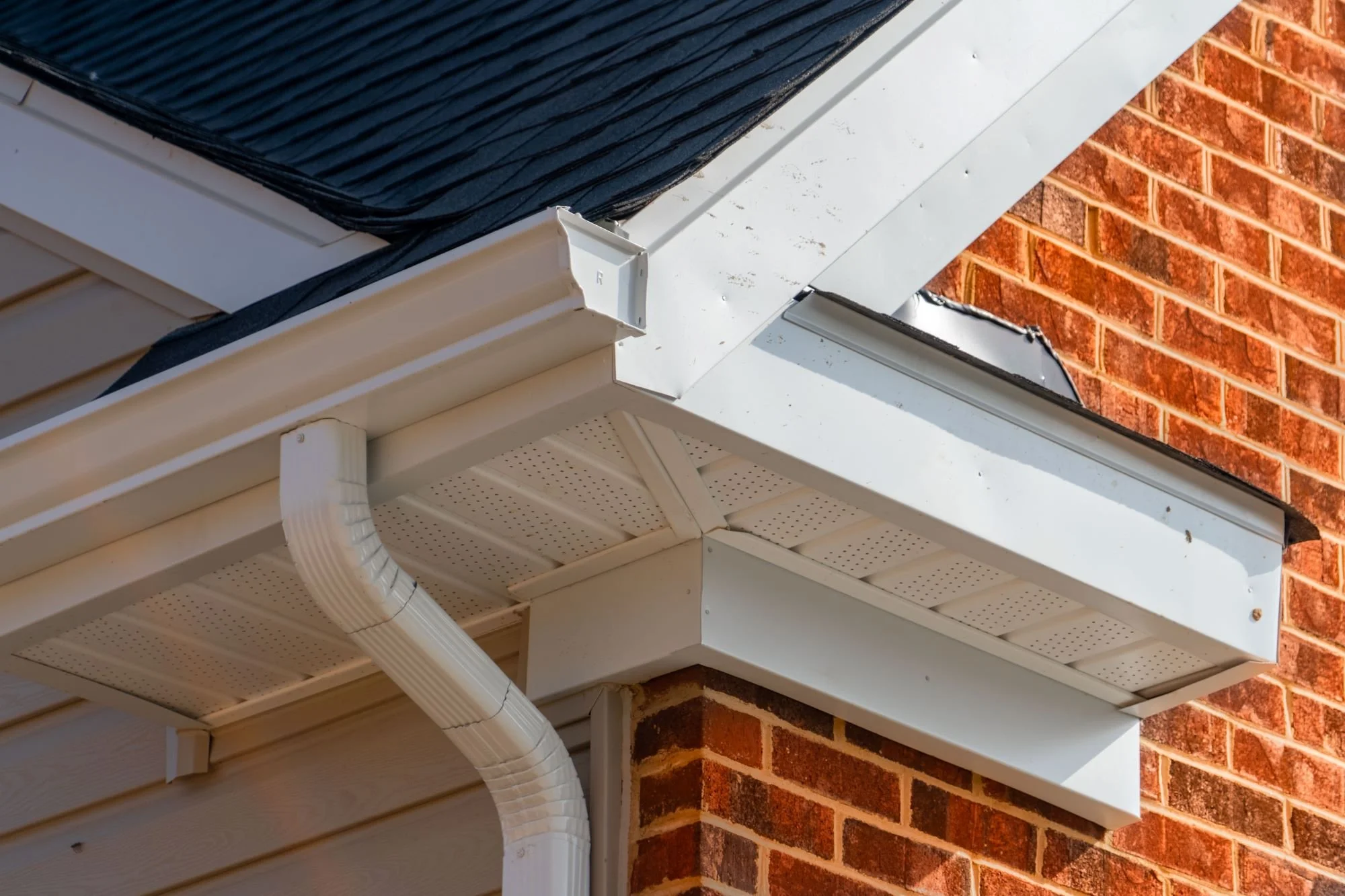Smart Technology Ideas for Improving Your Home
RH Business Marketing Solutions
The idea of a smart home has been around for a while. People have been predicting many of today's innovative home technologies for years. However, you may need to learn that innovative home technology has expanded recently.
So much lately, it can now affect nearly every part of your home and how you interact with it. Most technologies make it easier for you to interact with your home.
Not only this, but you can also interact with the kitchen, bathroom, lighting, and air temperature, making your home more energy-efficient, comfortable, and capable than ever.
The best part is that each of these technologies is improving as time progresses. Many are versatile enough to allow for future upgrades, enabling you to get even more out of the product.
Smart Home Technology Ideas
Check out these 9 remarkable, intelligent home technology ideas to see what you can apply to your home of the future.
1. Home Management Panel
Imagine that you have an intelligent touch-screen panel instead wall switches to control your lights and other electronic devices. And you can control the lights, and you can access nearly everything in one place, including:
● an intercom to call other rooms
● bright lights that turn on themselves on the sensor of someone entering the room
Innovative home panels like this make it easy to control your home's rooms with just a few taps. And as they get installed on your wall, you can place them anywhere to make your life easier.
2. Water Leak Detection
As you know, nothing can be as devastating to a home as water damage. Even a slowly leaking pipe can do much damage before you find out. And burst pipes in the winter may go undetected in the middle of the night, making it difficult to stop the problem.
Water detection technology helps fix this problem. Installing a leak detector in such areas where you're most likely to see a problem, including:
● the toilet
● beneath a sink
● or down in the basement – you'll be alerted when any leakage happens,
Hence it gives you enough time to shut the water and call a plumber before the damage begins.
3. Home Security System
If you're tired of fumbling around with keys to get into your home, or is it another day at work where you had to leave early and forgot your keys at home? How about considering a smart lock for your door?
They have both the options of keyed and keyless entry systems, letting you get inside through a code or a key. It even gets the lock and unlocks with your smartphone, so you don't need to remember a code. Consider installing wireless sensing technology by Nami to keep your home safe during times where you're not at home.
It also offers you the following:
● Burglar protection
● And automatic relocking after 30 seconds and wireless alerting in case of a break-in
4. Smart Thermostats
The thermostat keeps your home comfortable day and night. However, the new and intelligent thermostats use wifi technology and sensors to allow you to control your home's comfort.
Use your smartphone to turn up or down the home's temperature; even if you leave suddenly, you can have the control you need.
Moreover, these will also learn your patterns over time, so they'll turn off and on according to your schedule and comfort you with substantial monthly savings on energy bills.
5. Smart Refrigerators
How about if your fridge could do more than keep your food cool? However, many people already use their refrigerators for the following reasons:
● Holding the notes
● Putting up the pictures
● And last but not least, you can have the family calendar
However, Smart refrigerators can do a lot more than that. And it comes with built-in family hub touch screens that allow you to:
● Access to the internet
● You can watch your favorite show over it
● You can leave notes for one another
● And access the family calendar and more
6. Smart Water, Smart Bathroom
Most people tend to focus on innovative technology in the kitchen or the home's living areas, but there's a lot more about intelligent technology in the bathroom:
● New water-saving features include faucets that turn themselves off after they sense you move away.
● Combining this with toilet seats that can self-close. Showerheads that will use appropriate water to make it feel like you're getting more water in your shower.
7. Smart Light Bulbs
Choose the smart light bulb. While dimmer switches and apps help control the lighting in your home, they make subtle adjustments to ensure optimal lighting.
With the ability to sense the type of light in the room, these bulbs can switch from soft yellow to bright white light that gets dimmer and turn on and off when you enter and leave the room.
Now you don't necessarily need any light switches, just a light bulb that can intuitively sense your every need.
8. Smart Garage Door Openers
Are you tired of having to grope for your garage door opener only to push the button multiple times for it to work?
The new smart garage door openers work with your smartphone to allow you to access and close your garage door from the touch on your screen. These innovative garage door openers will also enable you to adjust the lighting inside your garage to better use the space.
9. Smart Cooktops
If you love to cook, you need an induction cooktop, especially with kids. They don't get hot as traditional cooktops do. Instead, they use induction technology to heat the food in pans. Hence, they use less energy.
You can cook your food faster and more evenly and prevent heat-related injuries. Most of them also have touch-screen capability to make cooking faster, easier, and more fun than ever before.
Conclusion
Build a Smarter Home with so many different types of innovative technology, you'll have no trouble customizing your home to fit your needs. Invest in a few or all of these intelligent technologies to help ensure that your home does everything you want it to and more.



















